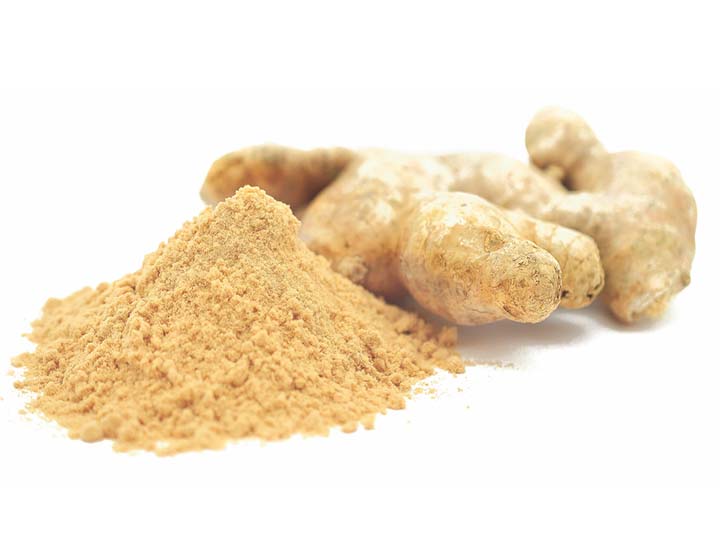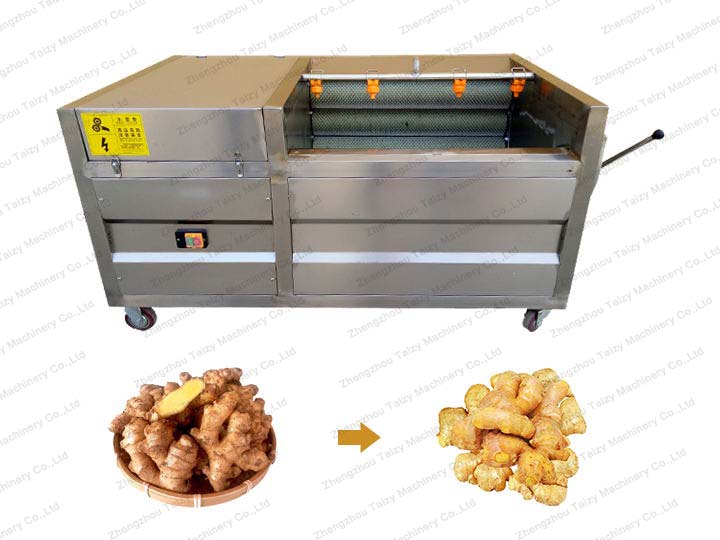How is Ginger Processed
Ginger, the aromatic and flavorful root, undergoes a series of steps to transform it into a versatile ingredient used in various industries. From its initial harvest to the final packaged product, let’s have a look at the simple and magic process of ginger processing.

1. Harvesting and Cleaning
Ginger plants are carefully dug up to retrieve the underground stems, known as rhizomes. Once harvested, the ginger undergoes a thorough cleaning process. This involves washing the ginger to remove any dirt, roots, or other impurities, ensuring it is pristine and ready for further processing.

2. Peeling
Next, the outer skin of the ginger is removed to expose the edible flesh inside. Peeling can be done manually using a knife or peeler, or with the help of machines specifically designed for this purpose. By peeling the ginger, its appearance and texture are enhanced, making it more appealing.
3. Slicing, Grinding, or Shredding
Depending on its intended use, ginger may undergo different forms of processing. Slicing involves cutting the ginger into thin pieces, while grinding transforms it into a paste-like consistency. Shredding, on the other hand, creates fine strands of ginger. These processes can be done manually using traditional tools like knives or mortar and pestle, or with the aid of specialized machinery.

4. Drying or Dehydration
To extend its shelf life and enable various applications, ginger can be dried or dehydrated. Drying removes the moisture content from the ginger, reducing the risk of spoilage. Sun drying, where ginger is exposed to natural sunlight, is a traditional method. Alternatively, mechanical dryers can be used for efficient and controlled drying. The resulting dried ginger can be further processed into powder or used as dried slices.

5. Packaging and Storage
After processing, the ginger is carefully packaged to ensure its quality is maintained. Packaging materials, such as bags or containers, protect the ginger from moisture and contamination. The appropriate packaging also helps to preserve the flavor, aroma, and nutritional properties of the ginger. The packaged ginger is then stored in suitable environments, typically cool and dry, to maintain its freshness and quality until it reaches consumers.

Summary
From the moment ginger is harvested to its final packaged form, the processing journey is an essential part of bringing this versatile root to various industries. Through cleaning, peeling, slicing or grinding, drying, and packaging, ginger is transformed into a valuable ingredient used in food, beverages, herbal remedies, and more. Understanding the simple and understandable steps involved in ginger processing allows us to appreciate the effort behind the delightful ginger products we enjoy.
And for commercial ginger processing, there is always industrial ginger processing machines, including ginger washing machine, ginger slicing machine, ginger drying machine, ginger grinding machine, and ginger powder packaging machine.
